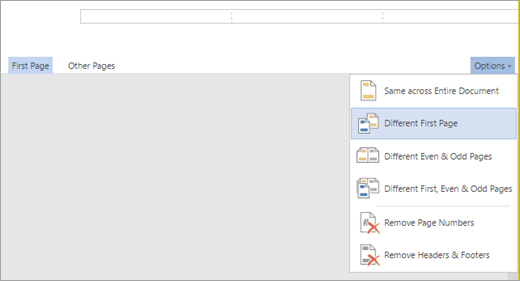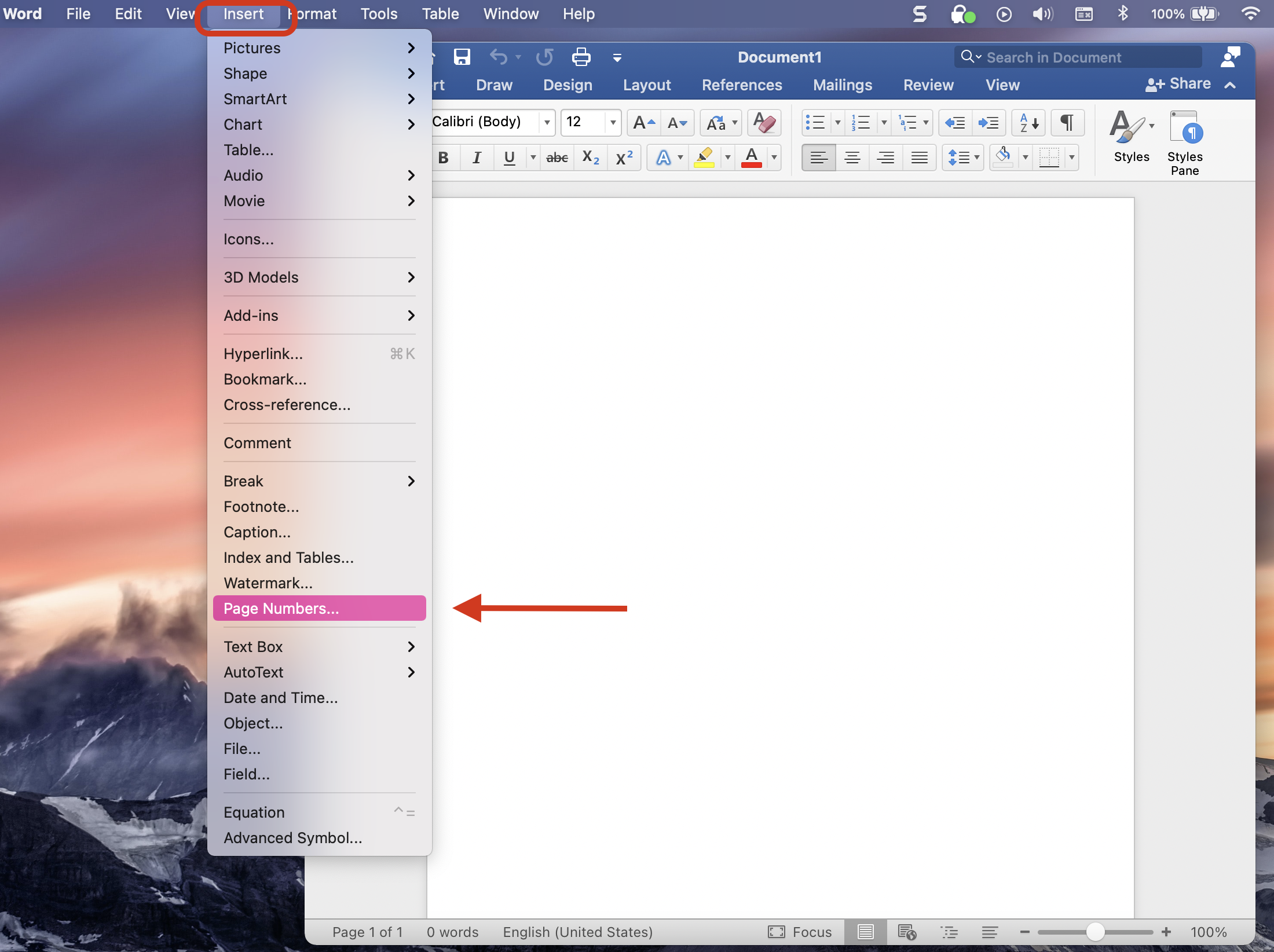
Sometimes you may want to start a document with a page number greater than 1.

Numbering the first page something other than 1 In the relevant header or footer, insert the page number field ( Insert > Fields > Page Number).Insert the page break and choose the landscape page style do not change the page numbering.When creating the page style, check the Use dynamic spacing check box in the Spacing area in the Header or Footer pages of the Page Style dialog box. Refer to “Portrait headers on landscape pages" on page 28 to create a landscape page style and landscape header or footer styles.To create page numbers on portrait and landscape pages in the same place and orientation: Inserting a cross-reference to the last page of a document. Press Enter to close the formula bar and insert the resulting field into the document.If you want to exclude multiple pages, substitute the number of excluded pages for 1 in the formula. Press F2 to open the formula bar, just above the horizontal ruler in the main Writer window (see Figure 44).Position the cursor where you want the page count to appear.Instead of inserting a Page Count field, you can do the following: (You want one page to be excluded in the page count for the following example.) Suppose you know exactly how many pages are not to be included in the page count. Sometimes this blank page is not desired, particularly when creating PDFs or when printing single sided. It does this by inserting a blank page, if necessary. When page numbering is restarted, OOo always make sure that an odd-numbered page is a right page and an even-numbered page is a left page.The Statistics page in the document's Properties ( File > Properties) always displays the total number of pages in the document, which may not be what you want to appear in the Page Count field.Restarting page numbering may lead to two problems. from the Format drop-down list.Ĭhanging format of page numbers. On the Page page of the Page Style dialog box, in the Layout settings section, select i, ii, iii. To set the page number to display in Roman numerals, you need to specify the format of numbers in the page style. Select from the list of Page Styles, not from Paragraph Styles where there is also a Default.

When creating a page style based on Default, check to be sure you are not creating a paragraph format based on the Default paragraph style. That is, a FrontMatter page is followed by a FrontMatter format-until changed by a page break and a new style, such as BodyPage, which can continue to the end of the document. When creating either page style, make the "Next Page" style the same as the one you create. Apply the FrontMatter page style to the first page in the document you want to start with Roman page numbers. If the "Default" page style doesn't behave as desired when applied to both sections, create two new page styles (which could be based on Default) with names such as "BodyPage" and "FrontMatter." Apply the BodyPage style to the page you want to start as "1" in the Arabic page number sequence. The following derives from experience with OOo 3.2.1:
#How do i number pages in word manual#
Restarting page numbering after a manual page break.

Often you will want to restart the page numbering at 1, for example, on the page following a title page or a table of contents. See Problems with restarting page numbering. If you restart page numbering anywhere in the document, then the total page count may not be what you want. The Page Count field inserts the total number of pages in the document, as shown on the Statistics page of the document's Properties dialog box ( File > Properties).


 0 kommentar(er)
0 kommentar(er)
